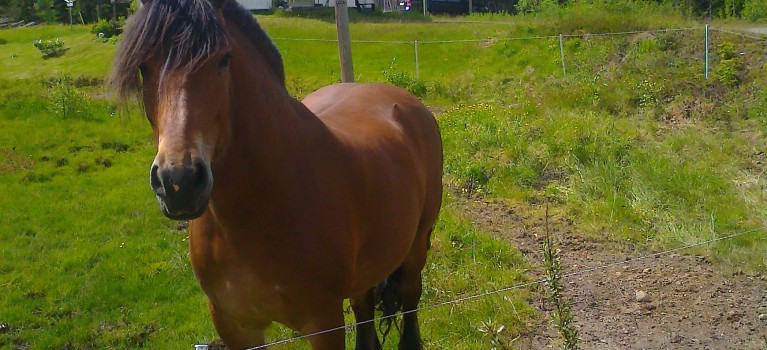The story about Tuddal

Tuddal has about 350 inhabitants. In addition there is about 1600 private cottages in our area. Tuddal center has grocery, gasoline, two cafes, a small white cross Church, school and kindergarten. Our history is closed linked to the history in this UNESCO worldheritage area.
Gaustatoppen and Rjuanfossen was the birthplace of the modern Norwegian Tourism. Tuddal is close to Rjuan and the majestic mountain platou Gausta, People here have hosted tourists for three generations. Tuddal high mountain hotel was built in 1895, a charming wooden hotel, full of tradition and calm silence. www.tuddal.no. Tuddal and Rjukan hosted the national 200 years jubilee for the modern norwegian tourism in august 2010.
Tuddal brings the national romantic periode into the world heritage. Old buildings og way of living you can observe at Tuddal bygdetun. The traditional music you can meet here.
People living at Tuddal worked as farmers mostly, in addition to welcome and guide tourists. When Gaustatoppen became popular among tourists, some started working as guides with their horses, bringing many people to Gaustatoppen. The tourists stayed mostly at Tuddal high mountain hotels, a very spesial hotel, known far outside Norway as a cultural and historical hotel. To day its a popular hotel for 3-days wedding celebrations. Up to the middle sixties there were many pensionaries at Tuddal. These are replaced with three camping sites and many rental cabins.
In old norwegian language Tuddal is written Tuvedalir (the valley of tues). The parish kan also be called after old saints who lived here. One of them was Saint Tove: the spelling Tovedal eller Tuve-(dalir) later beeing Tud-dal. We do not know, but from not knowing, we can make our own stories.
During world war II many people from our cities visited the parish because the farmers could provide food from the farm animals. Two men from Tuddal died in world war II. A bomb was slipped by accident on its way to Rjukan. There is still a hole in the ground where it happened. The resistance struggle was strong in the whole area.
Even if the farms are small, people here has always been creative and in autumn and wintertime hunting was a necessity. Today hunting for birds and elk is a popular activity. In Tuddal fiddelplayers and rose painters found their inspiration. The Tuddal play is a spesial form of fiddleplaying, created by old fiddleplayers living here. Today our most known fiddleplayer and traditionalist is Knut Buen, who har his studio here and travel world wide to play and bring different music tradition together. He is also a very good story teller.
The old word, At Tuddal everything is small – but good, have in a positiv way survived here.



